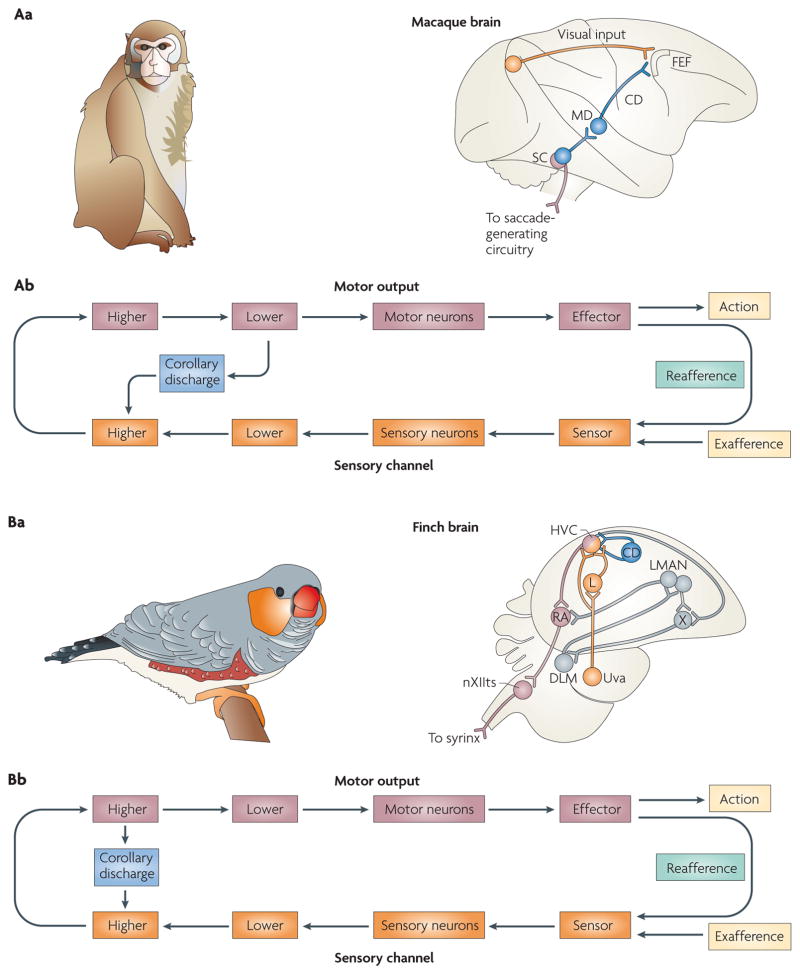Figure 6. Corollary discharge used for sensorimotor planning and learning.
Aa | The illustration on the left is of the macaque monkey species Macaca mulatta. The macaque monkey visually explores its arboreal environment with rapid sequences of saccades. Corollary discharges (CDs) permit it to plan such sequences in rapid succession and enable it to predict the visual outcome for purposes of perceptual stability. The schematic of the macaque brain on the right illustrates the course of the CD (shown in blue): it ascends from the superior colliculus (SC) to the frontal eye field (FEF) by way of the medial dorsal nucleus of the thalamus (MD). Ab | This pathway is an example in which CD emerges from a lower-level motor area and targets a higher-level sensory area. Ba | The illustration on the left is of the songbird Poephila guttata (a finch species). The developing male finch progresses through a series of song-learning stages that conclude with the appearance of a mature, fully formed song. The schematic of the finch brain on the right depicts the circuitry and nuclei of the avian song-learning system. Intricate feedback loops that reside in the finch forebrain are involved in the song-learning process. CD has been proposed to course through some of these pathways and enable sensorimotor comparisons to occur within appropriate temporal windows. Bb | The major site of comparison is proposed to reside in the forebrain; this CD pathway would correspond to contact between higher motor and sensory levels. DLM, medial nucleus of the dorsolateral thalamus; HVC, high vocal centre; L, field L; LMAN, lateral magnocellular nucleus of the anterior neostriatum; nXIIts, tracheo-syringeal portion of the hypoglossal nerve nucleus; RA, robust nucleus of the archistriatum; Uva, uvaeform nucleus of the thalamus; X, area X.

